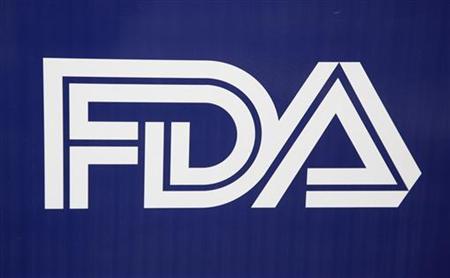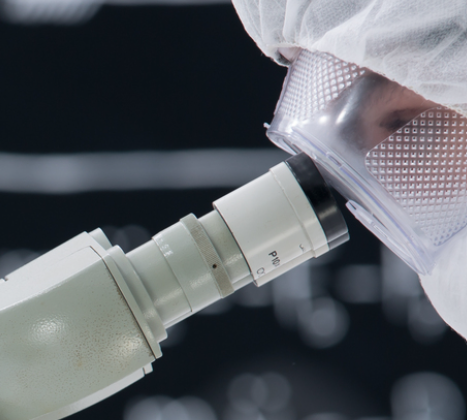
FDA publishes long-awaited clinical trial diversity guidance
An analysis from the Life Sciences legal team at Hogan Lovells.

An analysis from the Life Sciences legal team at Hogan Lovells.

As regulatory bodies increasingly recognize the richness and value of RWE, particularly in informing the benefit-risk profile of devices from real-world environments, MedTech companies are turning to advanced analytical tools to navigate this new landscape efficiently.

FDA has finalized its landmark proposed rule that will amend the definition of “in vitro diagnostic (IVD) products” in 21 CFR 809.3 to make explicit that IVDs are medical devices under the Federal Food, Drug, and Cosmetic Act (FDCA), “including when the manufacturer of the IVD is a laboratory.”

The Exploit Prediction Scoring System (EPSS) can help healthcare organizations prioritize security vulnerabilities, but it has limitations in IoMT environments. While EPSS provides valuable data-driven prioritization, it should be combined with other risk assessments, cybersecurity frameworks, and strategies to more comprehensively secure healthcare systems’ IoMT devices.

Information polarization affects public opinion. It can also affect investors. As we approach upcoming elections in different countries, it is crucial to understand how these political events could significantly reshape the landscape for MedTech investments. This article outlines an approach to help investors navigate and understand the interplay of political climates, cultural norms, and healthcare policies without getting emotionally attached to them. It emphasizes the importance of open dialogue, diversity, critical thinking, and cross-cultural collaborations to determine the true potential of MedTech innovations.

Although 61% of decision-makers at healthcare organizations said their firms invested at least $100 million in digital transformation initiatives over the past year, 65% of those respondents said their firms have translated less than half of those investments into tangible business value. These numbers highlight the challenges of digital transformation with data siloes posing the biggest threat to success.

Software validation is a critical tool used to assure the quality of device software and software automated operations, including labeling. Software validation can increase the usability and reliability of the device and label, resulting in decreased failure rates, fewer recalls and corrective actions, less risk to patients and users, and reduced liability to device manufacturers.

Medical Electronic Products of the future will be largely free from wires and cables, aside from a power source. “Wireless medical devices” offer numerous advantages. However, they are also subject to extensive legal regulations governing aspects such as the radio technology used in them. In addition, they may have to be assessed by a Notified Body such as TÜV SÜD.

LNE-GMED UK has been designated as a UK Approved Body to assess and certify general medical devices in accordance with Part II of the UK Medical Devices Regulations 2002. Scarlet NB UK has been designated with a focus on assessing and certifying software and AI as a medical device (AI/SaMD).

The integration of artificial intelligence (AI) into breast cancer detection and treatment is already making a profound impact. AI-powered algorithms enhance early detection by analyzing vast amounts of data and identifying subtle abnormalities often invisible to the human eye. These technologies empower healthcare professionals to make informed decisions, improving the accuracy of diagnoses and tailoring treatment plans to the specific genetic makeup and health conditions of individual patients. This integration represents a paradigm shift in the cancer care continuum.